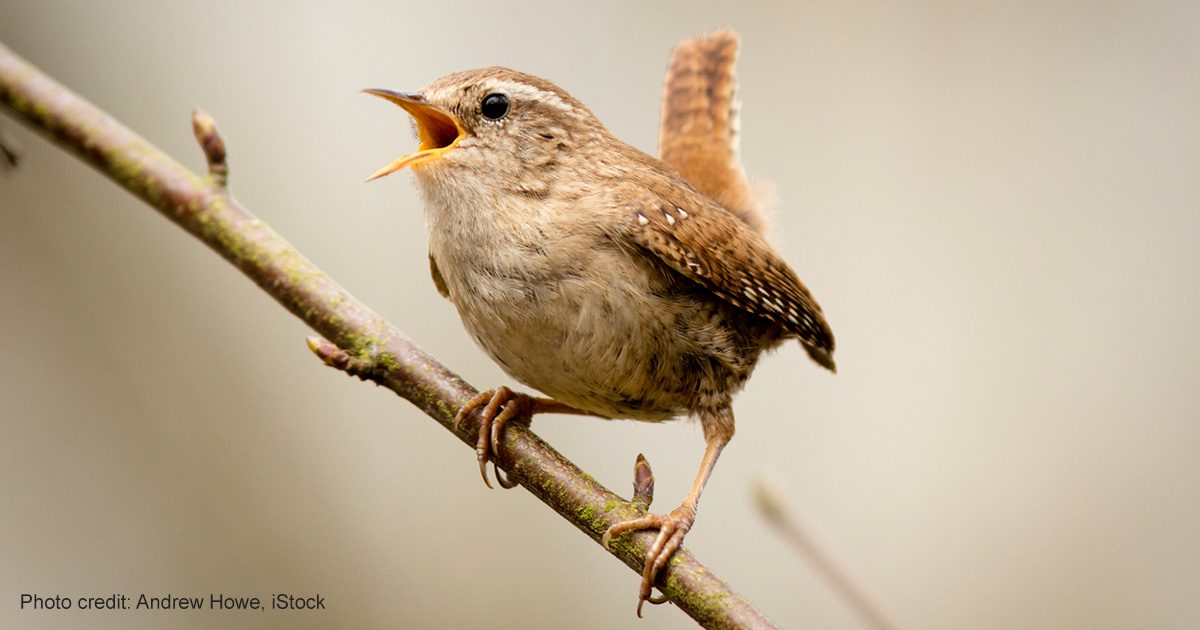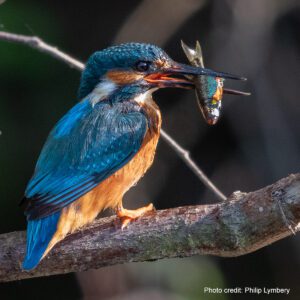
Apr 16, 2023 The Avid Birder
In 1955, The United States Fish and Wildlife (FWS) inaugurated a periodic survey focused on Americans’ recreational, wildlife-related activities. One might immediately assume that hunting and fishing would dominate this field, but that would be wrong by a long shot (pun intended). While some 40 million of us fished and nearly 12 million hunted in the 2016 survey, 86 million people watched wild animals and enjoyed doing so. The number of wildlife watchers increased from 71 million in 2006. An additional bump in wildlife watchers is expected for the Covid years.

All kinds of wildlife watching engage Americans. People travel, at considerable expense, to the Lamar Valley in Yellowstone to watch wolves. Spontaneous traffic jams occur along Skyline Drive in the Shenandoah National Park when a black bear decides to forage on the road shoulder. But these crowds pale before the numbers visiting the Leigh Valley of Pennsylvania every fall to hike up Hawk Mountain and watch the thousands of raptors engaged in their annual migration. Birdwatching is king. It is so popular that FWS now publishes a special addendum to its more extensive survey that focuses exclusively on the activity popularly called “birding.”
At last count, an estimated 45 million Americans 16 years of age and older either took a trip to see birds one or more miles from their home or closely observed or tried to identify birds in their home environment. That’s around eighteen percent of the US population and is likely an undercount. Many others might stop to watch a great blue heron or eagle fly overhead, look up as a squadron of pelicans glides along the beach, or glance at the pigeons feeding excitedly at food tossed to them in the park. The addendum drills down further into the demographics and economics of birding and contains many interesting facts.
One measure of birders and birding addresses the level of enthusiasm or, as the FWS puts it, “avidity” for birding. The vernacular term “twitcher” describes a very enthusiastic birder. A twitcher on the west coast, upon hearing of the sighting of a rare gull on the east coast, will think nothing of immediately booking a ticket on the first flight to the nearest airport, hiring a rental car, driving out to the municipal dump where the rarity has been sighted, setting up their Kowa Prominar spotting scope or Swarovski binoculars to search for the gull, and then, having spotted the bird, turning round to fly back home, happy and satisfied.
A recent Anthrozoos paper by Christoph Randler and colleagues delves further into avid birder behavior and preferences. The survey of birdwatchers in Germany tracked birder preferences based on their level of birdwatching interest and skill. The study concluded that advanced (read, avid) birders prefer small, dull, shy, and rare species, while less advanced and neophyte birders go more strongly for the larger and more colorful species. This finding may be surprising. Advanced birders reach that stage by challenging their field skills and logically gravitate to birds that are rare, shy, and often hard to identify at a glance.
A novel aspect of the Randler et al. study is the organization of the findings around the theoretical concept of “charismatic” species and what that might mean for conservation in general. The idea of charismatic species involves animals that especially attract public attention, usually through relatable physical or behavioral attributes that draw attention. Pandas are a classic example of a charismatic species. Such species can also become “flagships” when the interest they generate furthers the cause of conservation through their popularity. So, the hope is that with a better understanding of what motivates people of different skill levels, a more extensive suite of flagship species might emerge to engage other interest groups leading to the fine-tuning of conservation messaging.
Birding is a dominant wildlife-related activity that occupies more time and interest among the American public than any other related activity. It is growing, and that is a good thing. As flagship species, our avian neighbors can anchor current and future generations in the natural world at the precise moment when support for conservation may be needed the most.


